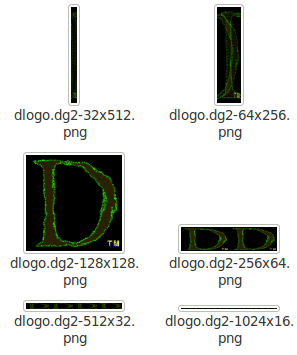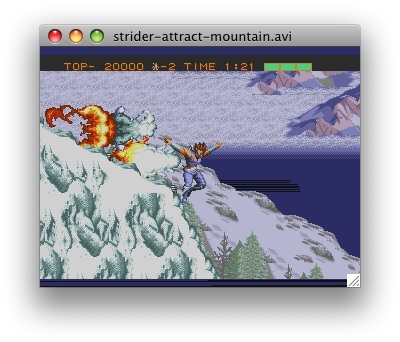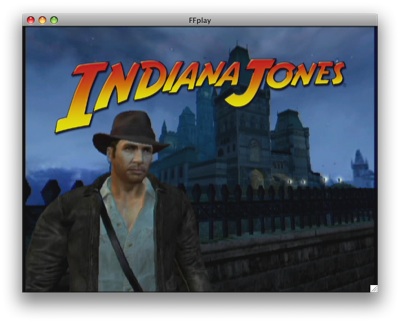This day last year saw a lot of nostalgia posts on the internet regarding the Sega Dreamcast, launched 10 years prior to that day (on 9/9/99). Regrettably, none of the retrospectives that I read really seemed to mention the homebrew potential, which is the aspect that interested me. On the occasion of the DC’s 11th anniversary, I wanted to remind myself how to build something for the unit and do so using modern equipment and build tools.

Background
Like many other programmers, I initially gained interest in programming because I desired to program video games. Not content to just plunk out games on a PC, I always had a deep, abiding ambition to program actual video game hardware. That is, I wanted to program a purpose-built video game console. The Sega Dreamcast might be the most ideal candidate to ever emerge for that task. All that was required to run your own software on the unit was the console, a PC, some free software tools, and a special connectivity measure.
The Equipment
Here is the hardware required (ideally) to build software for the DC:
- The console itself (I happen to have 3 of them laying around, as pictured above)
- Some peripherals: Such as the basic DC controller, the DC keyboard (flagship title: Typing of the Dead), and the visual memory unit (VMU)
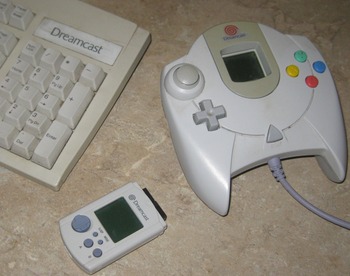
- VGA box: The DC supported 480p gaming via a device that allowed you to connect the console straight to a VGA monitor via 15-pin D-sub. Not required for development, but very useful. I happen to have 3 of them from different third parties:
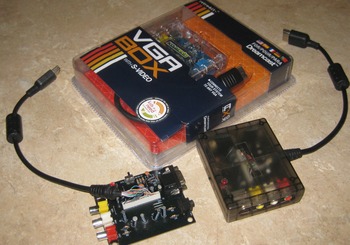
- Finally, the connectivity measure for hooking the DC to the PC.
Continue reading
